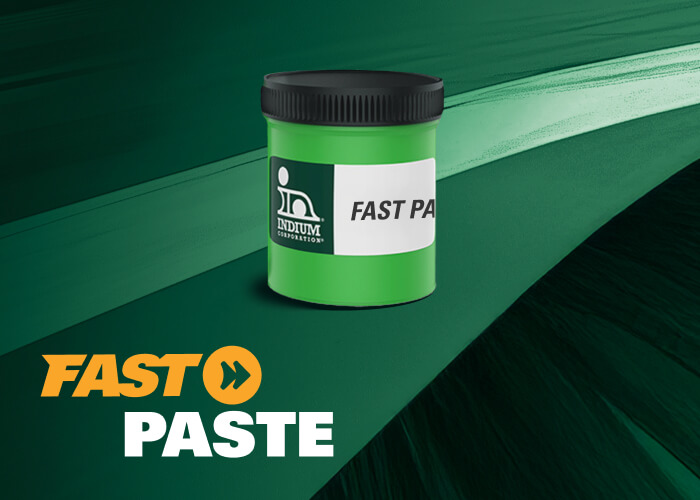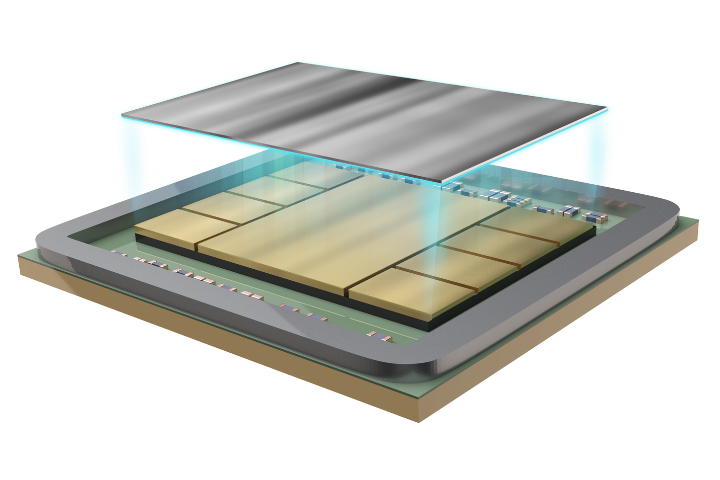The other day I was watching the classic film “King Kong vs Godzilla” with my son. At one point, I believe related to some prequel that had escaped me, Godzilla was encapsulated within a block of ice. A military missile hits the ice and breaks the encapsulation, freeing Godzilla to wreak his usual havoc on his surroundings.
This made me think of a question I get asked all the time – that of cleaning no-clean solder paste residues, or, more importantly, sort of cleaning them. No-clean fluxes are designed to be fully encapsulated after reflow. This means that any activators and ions left behind in the residue are encased and unable to move around. Through industry standard testing, it has been determined that these residues will not lower resistance to an unacceptable level, will not cause dendritic growth, and will not cause corrosion of surfaces. However, this is only true in their post reflow, uncleaned state.
Many people do clean no-clean flux residues for a variety of reasons. This practice is fine, as long as the residue is fully cleaned off. If partially cleaned, the encapsulation is broken down and the activators and ions are released, just like Godzilla, to wreak havoc on their surroundings. Partial cleaning of no-clean flux residues can lead to electrical shorts and corrosion on the boards. The best solution, when cleaning no-clean flux residues, is to work with your solder paste provider and your cleaning chemistry manufacturer. The experts at both companies know their materials and can help you choose the very best materials to get the results you’re looking for.
So, if you’re going to clean a no-clean flux residue, make sure that all of the residue is removed through proper cleaning agents and processes. The key is that the residue is either safe in its non-cleaned state (per standard testing) or if it is safe if fully removed.
On a side note, I thought about this same topic when I saw the mosquito in the amber in Jurassic Park. After writing up a post using that analogy, I found out that my good friend Jim Hisert used that exact analogy five years ago!



